Category Archives: Film Role 1 (pages / portfolio)
Filters
Sound in Dunkirk
Sound Editing and Mixing
A sound editor is someone who decides what sounds should be in a film. They’ll look at a film without sound, and decide that they should have a sound effect of paws hitting the ground while a dog is walking. Or they may decide that there should be sound for a ray gun.
The sound mixer is a bit different however. A sound mixer is given all of the sounds the edited has decided to put in the film, and the mixer will decide how the audience will hear the sound. That goes along with the volume, weather it increases or decreases, stuff like that.
Editing – Whiplash
The final scene of the movie Whiplash(Chazelle, 2014) uses a wide range of different editing techniques. The movie’s editor, Tom Cross, does an incredible job creating several very tense moments throughout the movie using cuts, eyeline matches, cross cutting, cutaways and more.
Cross’ use of very fast cuts fills the scene with tension, and these quick cuts of the drum kit to the cutaways of longer sweeping shots of the brass section creates a sense of tension for the audience, knowing that Andrew must keep in time. The editing style of this movie is important as without it, the scene can become boring. The use of quick cuts keeps the viewer entertained and interested. The Editor manages to make sure these shots are not too jarring for the audience. For this reason, the editor has included longer shots to ensure the viewer doesn’t get confused.

The use of eyeline matches and shot reverses are also incredibly important for building tension and stakes for the audience. These techniques are used between Andrew and Fletcher several times in the final scene, and helps show the feelings behind the characters, both of which are using predominately facial expressions to convey emotion. The editor uses these shots when they are trying to get the audience to focus on the character rather than his actions, For instance; instead of focusing on Andrew’s drumming, it cuts to him looking at Fletcher, and then is followed by a shot of Fletcher looking at him. This helps build character, but also gives the audience a break from the intensity and fast paced cuts of the drumming to create a moment made to develop the characters.
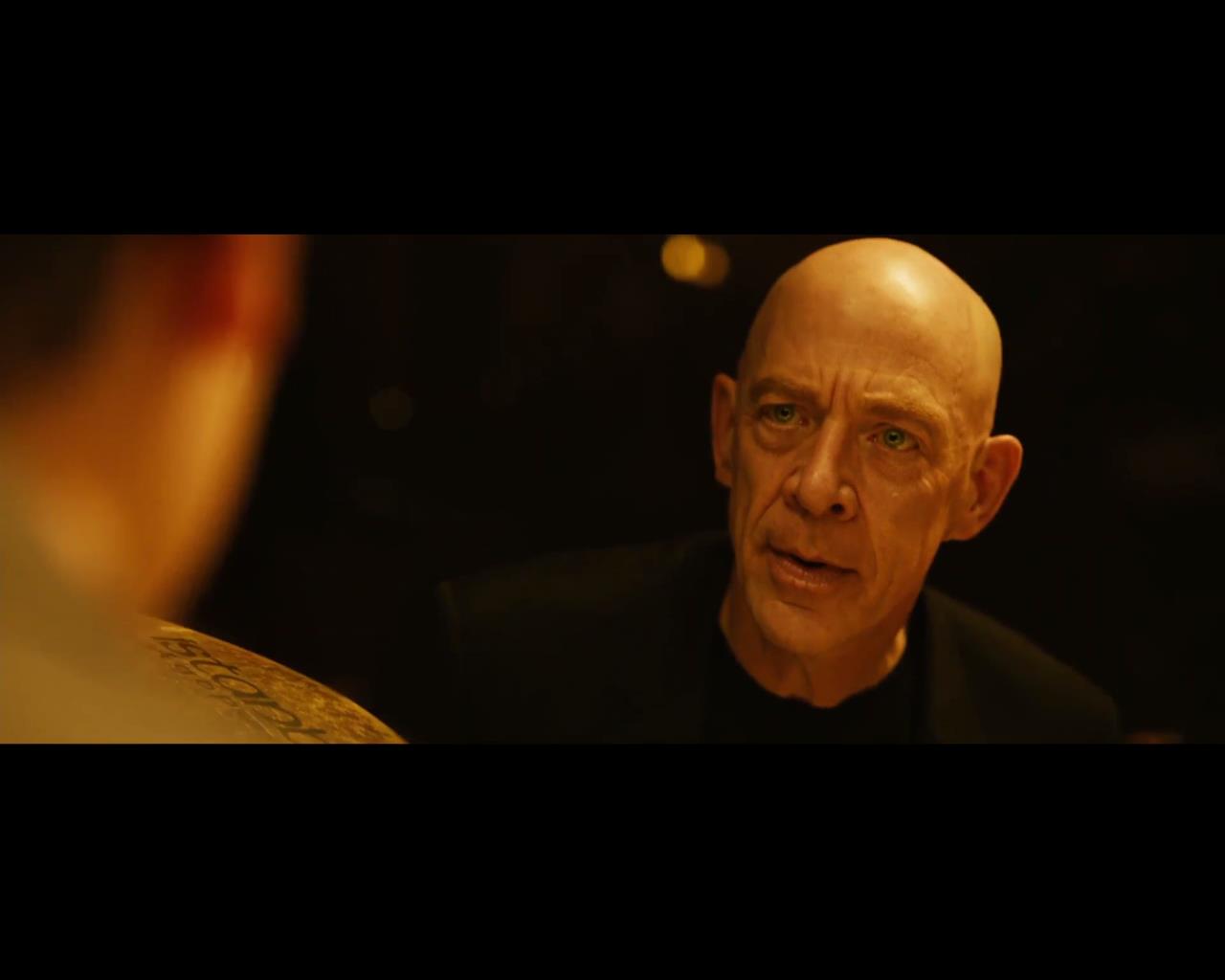
There is also the use of a sequence shot between Fletcher and Andrew where the camera quickly flicks between each of the character. While it is possible that this scene uses different, well hidden cuts each time the camera quickly changes direction, it helps visually describe the relationship between Fletcher and Andrew, it also creates an intensity for the audience as it seems like the characters are almost fighting for control over the whole band. This shot makes the viewer feel as though they are a part of the scene, as the nature of the shot is sequential, and therefore makes it seem more realistic for the audience.
This scene also has one specific instance of a cutaway. I find that this is an incredibly important shot for character development of Andrew, as it shows how even though he has alienated his friends and family throughout the movie, the shot of his surprised father through the concert hall window shows that there are still people that care about him and are proud of him for his accomplishments, as for a lot of the film, Fletcher has been a sort of father figure for Andrew. While this could be considered a fairly throwaway shot, I find that it has significant importance to the plot, once again showing how important the editor’s job is for almost every aspect of the movie. This shot in particular adds character more than the all of the writing in this scene combined.
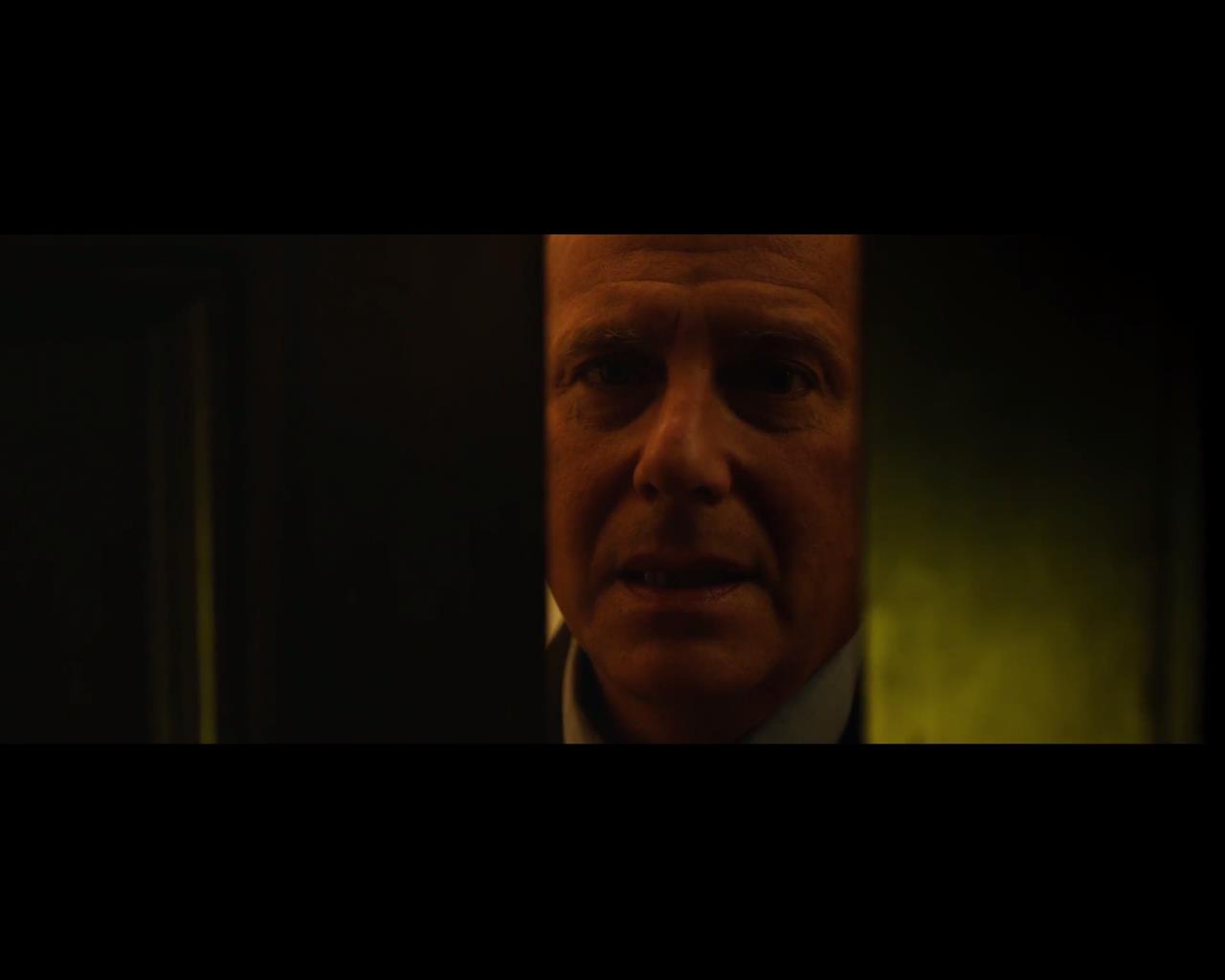
Storyboard
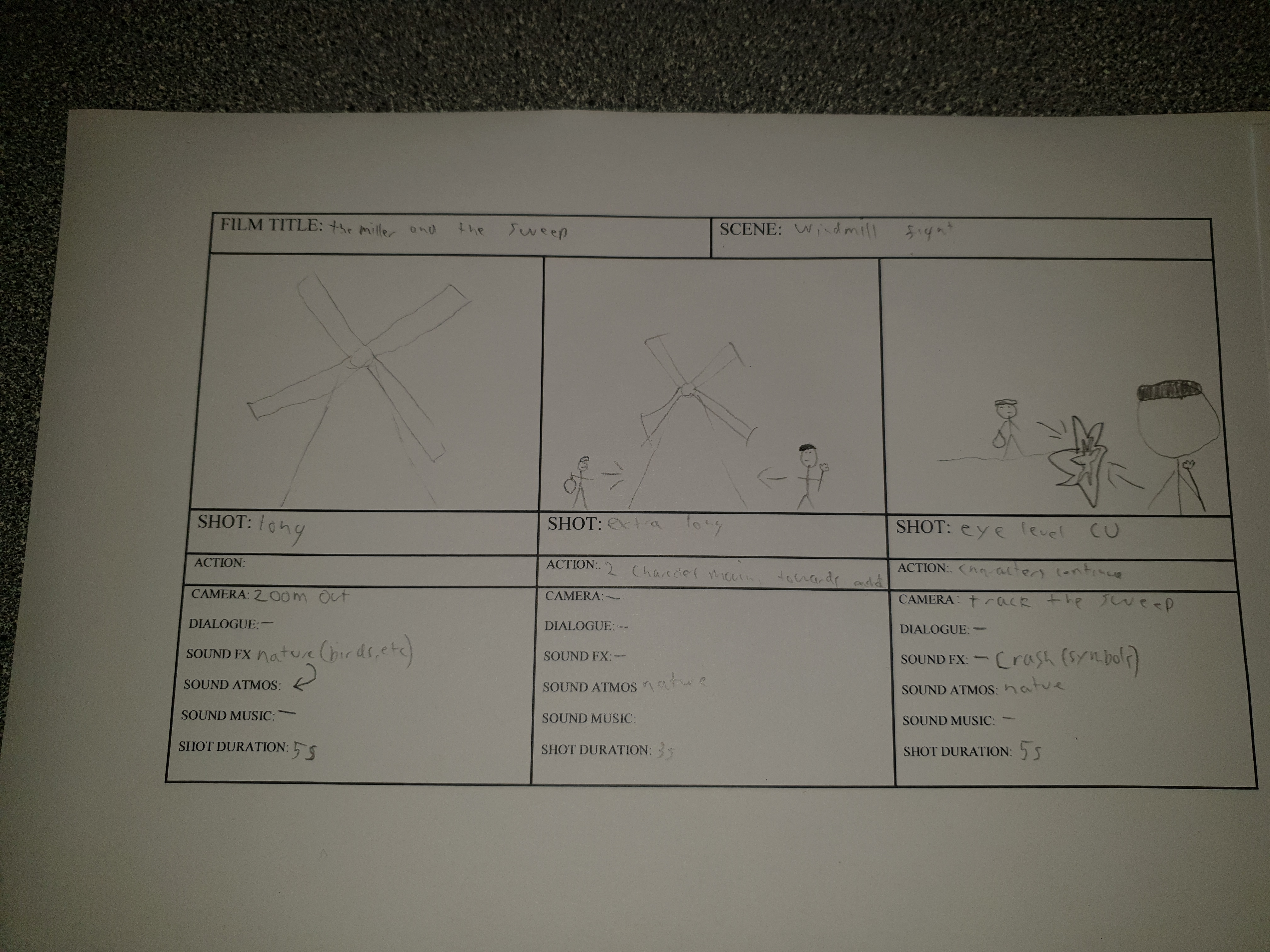

Kuleshov effect
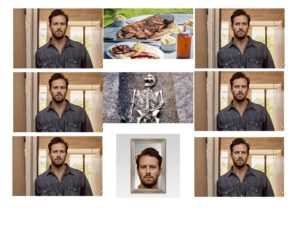
first of all he is hungry.
Second he seems to be very sad, as if the skeleton is someone close to him
Finally he seems disappointing in himself when looking in the mirror as if he doesn’t think he is what he wants to be e.g not manly enough, not handsome enough, not rich enough etc.
in conclusion even though the face is the same, the contrast between his face and the image help us interpret his emotions
Film Tableau
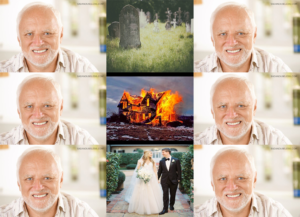
The Kuleshov Effect

The Shining – Steadicam
The scene from the 1980 horror film “The Shining” in which Jack Torrance is chasing Danny in the hotel’s maze is shot using a Steadicam. A Steadicam combines the stabilized steady footage of a tripod with the fluid motion of a dolly shot and the flexibility of hand-held camera work. While smoothly following the operator’s broad movements, the Steadicam’s arm absorbs jerks, bumps, and shakes; while it’s almost frictionless gimbal gives precise control of the camera and framing. During this specific scene, Danny running for his life through the maze in the snow and Jack limping behind with an axe, the look of the maze is being shot using a Steadicam. The operator is filming the dark, snowy hedges that contain lights in order to show the audience the eeriness of where they are. This creates an atmosphere to make the scene more intense and creepy. A smooth filming of the maze is shown to eliminate some of the chaos that an unsteady camera would create, so that the audience is fully focusing on the location rather than the situation.

Cinematography In The Shining
Cinematography In The Shining
The shining (1980) was based on a Steven King novel that was released in 1977. The film was directed by Stanley Kubrick who was an American film director, screenwriter, and producer. The film was visually amazing when released (and still is) because it had lots of new techniques and technology such as the Steadicam.
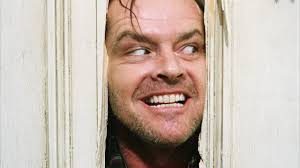
Stanley Kubrick is a perfectionist when it comes to mise-en-scene, The shining was a huge breakthrough in the film industry due to the first real use of Steadicam in cinema, the Steadicam was a device which meant you could film smoothly whilst moving. Having the camera free hand meant it wasn’t on another device like a track .
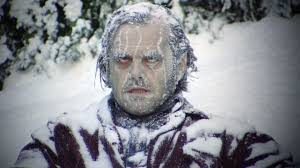
The use of the Steadicam creates a sense of unease for the viewer as it seems like we are following the characters around or someone else is. A perfect example for this is throughout the film (The shining) there are shots where the camera is following Danny on his cart through the corridors although this seems like a harmless idea, through the use of the Steadicam it makes it more sinister. This feature is important for the viewer as there are lots of corners in the corridors and we don’t know what is going to be around the next corner which creates suspense and adds to the horror.
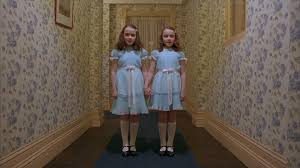
Stanley Kubrick is also well known for his subtle use of symmetry, this subtle feature is aesthetically pleasing for the viewer and in the shining it symbolizes the connection between jack and the hotel, making them a pair. An example of this is where Jack first enters the hotel and one of the waiters Is stepping in sync to him and crosses a square shape on the floor at the exact same time as him, although this is a very subtle feature it explains a lot when you take it into consideration to the rest of the film and especially the photo at the end where we are shown that jack has been absorbed by the hotel. There is also a more obvious symmetry during the shots of the daughters which is very unsettling for the viewer because of the unreal perfection in the shot (2 identical twins standing next to each other perfectly in the middle of a corridor).
